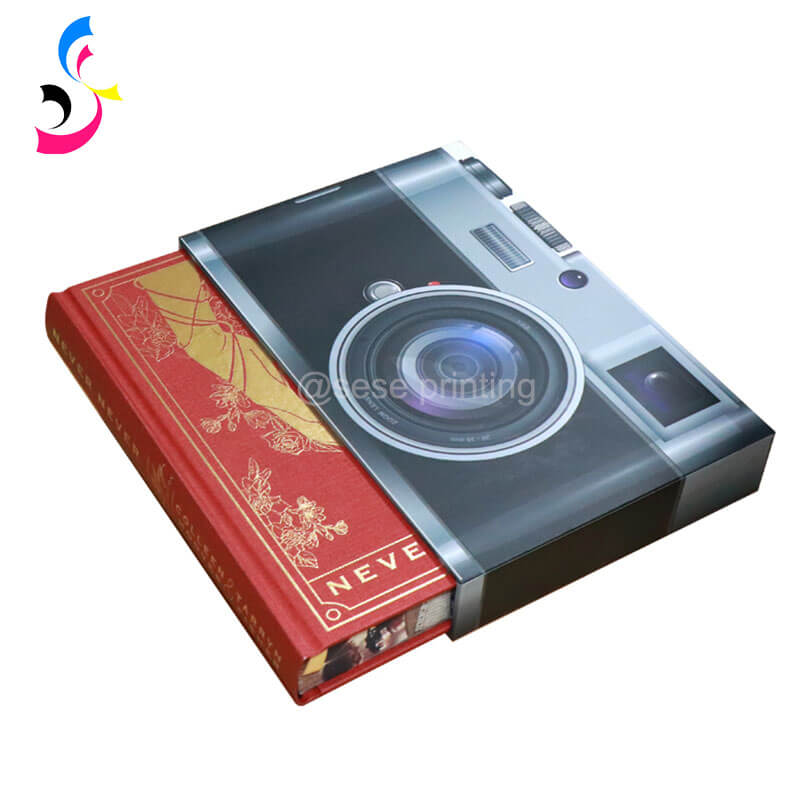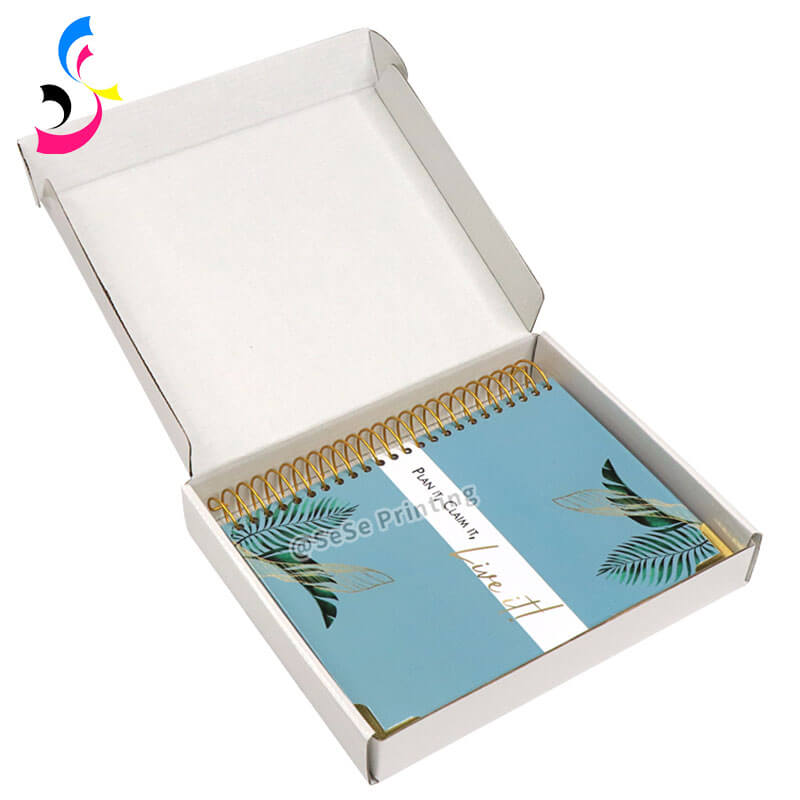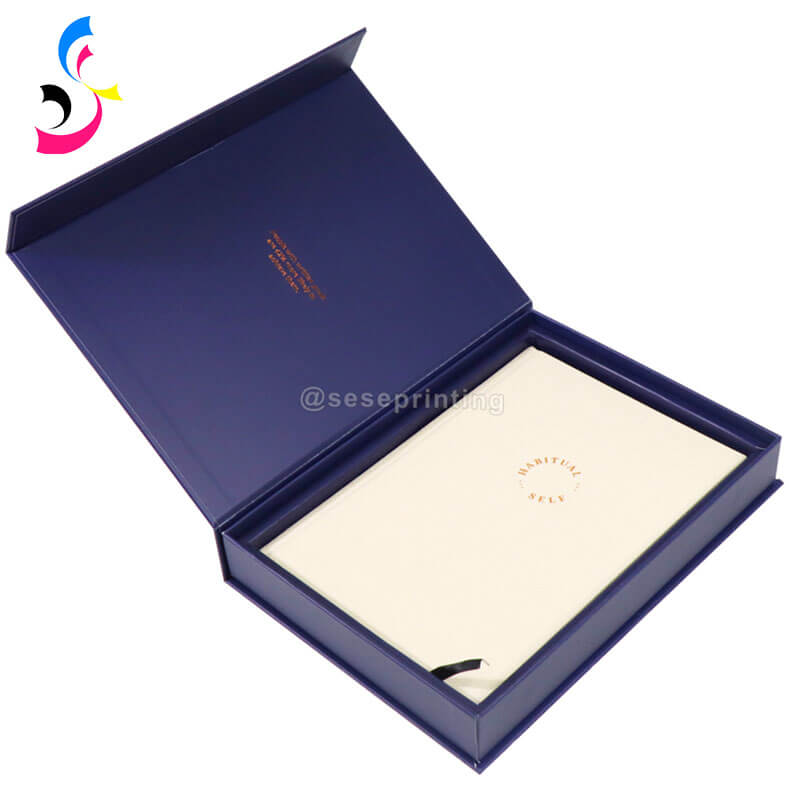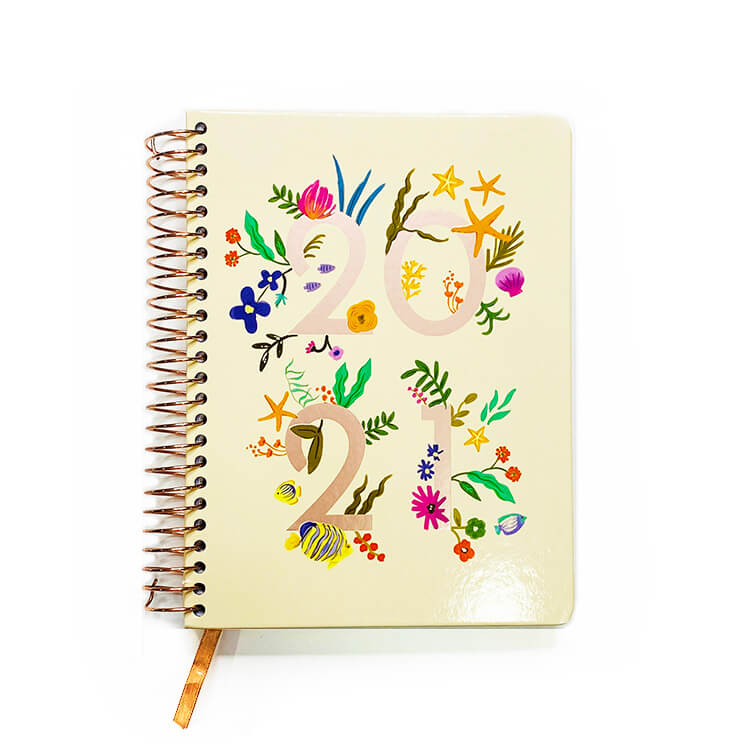Is Shrink Wrapping Necessary for Printed Books
 Sep 18,2025
Sep 18,2025

 SESE
SESE
Is Shrink Wrapping Necessary for Printed Books
1. Introduction
When it comes to book production, finishing touches go beyond printing and binding. Packaging plays a key role in protecting and presenting your books, especially for distribution and retail. Shrink wrapping has long been a standard practice in the publishing industry for packaging printed books. But as sustainability concerns grow and consumer preferences shift, many publishers and printers are questioning whether this method is still necessary. This article explores the role of shrink wrapping in book production and evaluates its relevance in today’s market.
2. The Primary Purposes of Shrink Wrapping
Shrink wrapping involves sealing books in tight plastic film using heat. Its main purposes include:
-
Protection: Shielding books from dust, moisture, and physical damage during storage and transit.
-
Security: Preventing theft and tampering in retail environments.
-
Presentation: Providing a clean, professional look that enhances shelf appeal.
3. When Is Shrink Wrapping Most Essential?
-
Long-Distance Shipping: Books traveling long distances or through multiple handling points benefit from extra protection.
-
High-Humidity Environments: Plastic wrapping helps prevent moisture-related damage like warping or mold.
-
Premium Editions: Limited editions, hardcovers, or special collector’s items often use shrink wrap to preserve quality and value.
4. Pros and Cons of Shrink Wrapping Books
Pros: |
Cons: |
|---|---|
Enhances visual consistency in bookstores. |
Additional Cost: Increases production time and expense. |
Ensures product integrity until the book reaches the customer. |
Environmental Impact: Plastic waste contributes to pollution and is not biodegradable. |
Makes handling and shipping easier, reduces the risk of returns due to damage. |
Consumer Preference: Many readers prefer plastic-free packaging for environmental reasons. |
5. Eco-Friendly Alternatives to Shrink Wrapping
With sustainability becoming a priority, publishers are exploring greener options:
|
|
|
|
|
|
Belly Bands |
Slipcases |
Shipping Boxes |
Magnetic Boxes |
Top and Bottom Boxes |
-
Paper belly bands – Provide branding and protection while being recyclable.
-
Recyclable or compostable sleeves – Transparent yet eco-conscious.
-
Custom slipcases or boxes – Add luxury while offering strong protection.
-
Biodegradable shrink films – Made from plant-based materials instead of petroleum plastic.
-
Bare Packaging – Skipping outer packaging altogether when possible, especially for direct sales.
6. Industry Practices: Who Uses It and Who Doesn’t?
-
Large publishers: Often shrink wrap limited editions, collector’s books, or bulk shipments.
-
Independent publishers and small presses: May skip shrink wrapping to save costs or appeal to eco-conscious readers.
-
Bookstores: Some prefer wrapped books for protection, while others want unwrapped copies for browsing.
-
Online retailers: Shrink wrapping is common to ensure books arrive undamaged after long-distance delivery.
7. When Can You Skip Shrink Wrapping?
Not every book needs shrink wrapping. It can be skipped in cases such as:
-
Standard paperbacks sold in local markets where browsing is encouraged.
-
Books are sold directly to consumers and shipped in sturdy boxes.
-
Books with matte finishes or durable covers less prone to scratches.
-
Eco-conscious publishing projects targeting environmentally aware readers.
-
Custom small-batch prints for personal use, where extra packaging may be unnecessary.





 Home
Home




 Key Considerations for Successful Custom Color Leaflet Printing
Key Considerations for Successful Custom Color Leaflet Printing  You May Also Like
You May Also Like




 Tel
Tel
 Email
Email
 Address
Address







